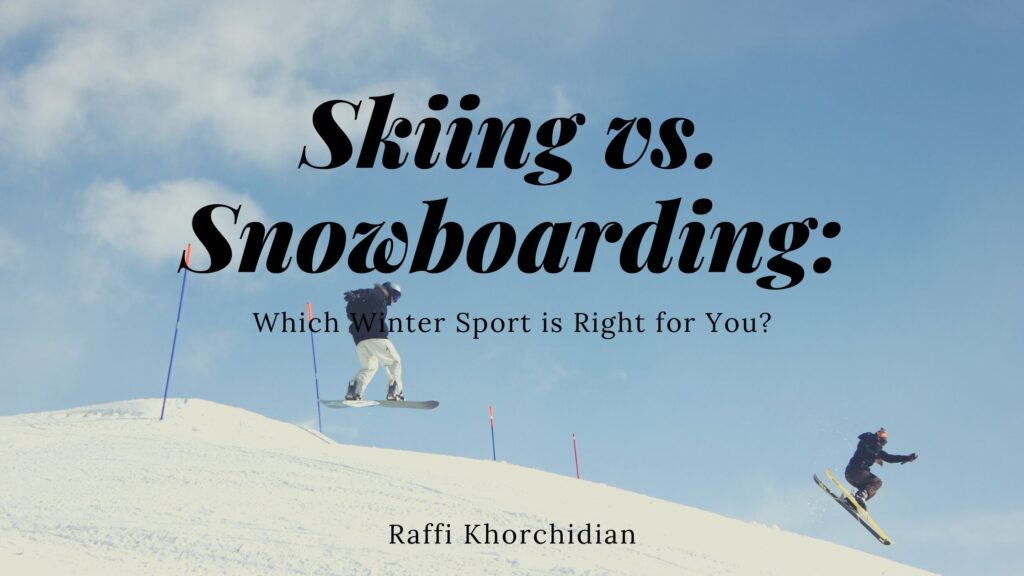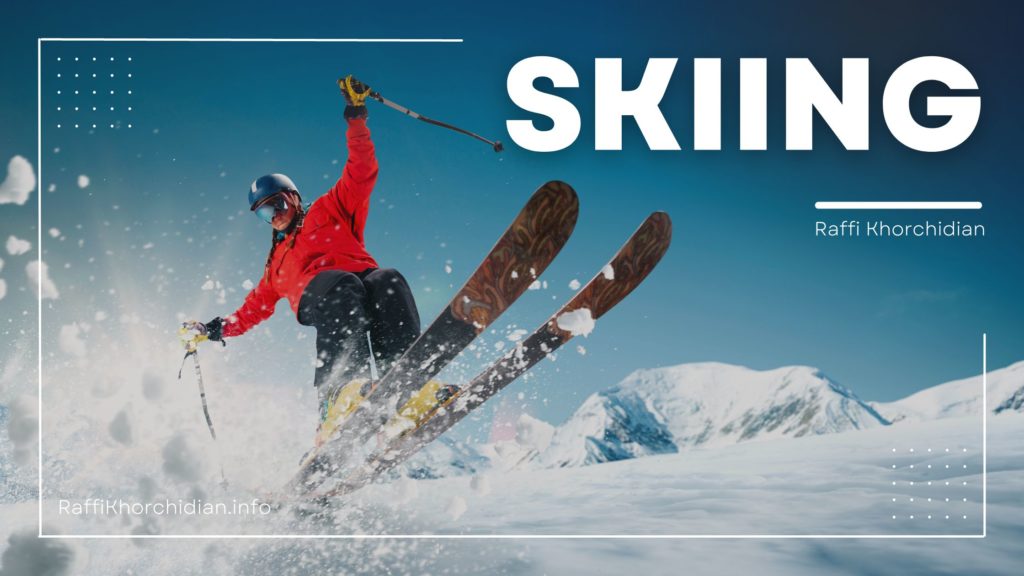
As winter approaches and the mountains become blanketed in snow, many outdoor enthusiasts are eager to hit the slopes. The choice between skiing and snowboarding often becomes a hotly debated topic. Both sports offer unique thrills and challenges, making the decision a matter of personal preference. So, let’s delve into the key differences between skiing and snowboarding to help you determine which winter sport is right for you.
Skiing:
Skiing is one of the oldest snow sports, with a history that dates back thousands of years. It involves using a pair of skis, poles, and specialized boots that secure your feet to the skis. Here are some factors to consider if you’re thinking about taking up skiing:
Learning Curve:
Skiing typically has a gentler learning curve for beginners. Many people find it easier to balance on two separate skis, and using ski poles helps with stability and maneuverability.
Variability:
Skiing offers various styles and disciplines, from alpine skiing (the most common) to cross-country, freestyle, and more. This variety allows skiers to choose skiing that suits their interests and skills.
Accessibility:
Skiing is widely taught at resorts worldwide, making it accessible to many. You can find ski resorts in various regions, from the Alps in Europe to the Rockies in North America.
Equipment:
Skiing equipment typically includes skis, ski boots, poles, and bindings. Skiers wear boots that attach to the bindings on the skis, allowing for precise control.
Snowboarding:
Snowboarding is a relatively newer winter sport, gaining popularity in the late 20th century. It involves a single snowboard, specialized boots, and bindings. Here are some key points to consider if you’re leaning toward snowboarding:
Learning Curve:
Snowboarding can be more challenging for beginners due to the difficulty of balancing on a single board. However, many snowboarders find it more intuitive once they overcome this learning curve.
Adaptability:
Snowboarding offers a natural adaptation to terrain changes, making it well-suited for the terrain park, where jumps, rails and other features are common.
Equipment:
Snowboarding equipment includes a snowboard, snowboard boots, and bindings. Riders wear boots that attach to the board via the bindings, allowing them to steer and control their movements.
Style and Culture:
Snowboarding has developed a distinct culture and style, often associated with a younger demographic. It’s known for its freestyle and adventurous spirit.
Skiing and snowboarding both offer exhilarating experiences on the slopes, each with its own unique set of advantages and challenges. The right choice comes down to your personal preferences, comfort with the learning curve, and the type of riding experience you desire. Regardless of whether you choose skiing or snowboarding, what truly matters is embracing the snowy adventure and savoring the breathtaking landscapes of winter in the mountains. So, make your choice, hit the slopes, and revel in the joys of winter sports.
The post Skiing vs. Snowboarding: Which Winter Sport is Right for You? first appeared on Raffi Khorchidian | Skiing.
from Raffi Khorchidian | Skiing https://raffikhorchidian.info/skiing-vs-snowboarding-which-winter-sport-is-right-for-you/
via IFTTT


You must be logged in to post a comment.